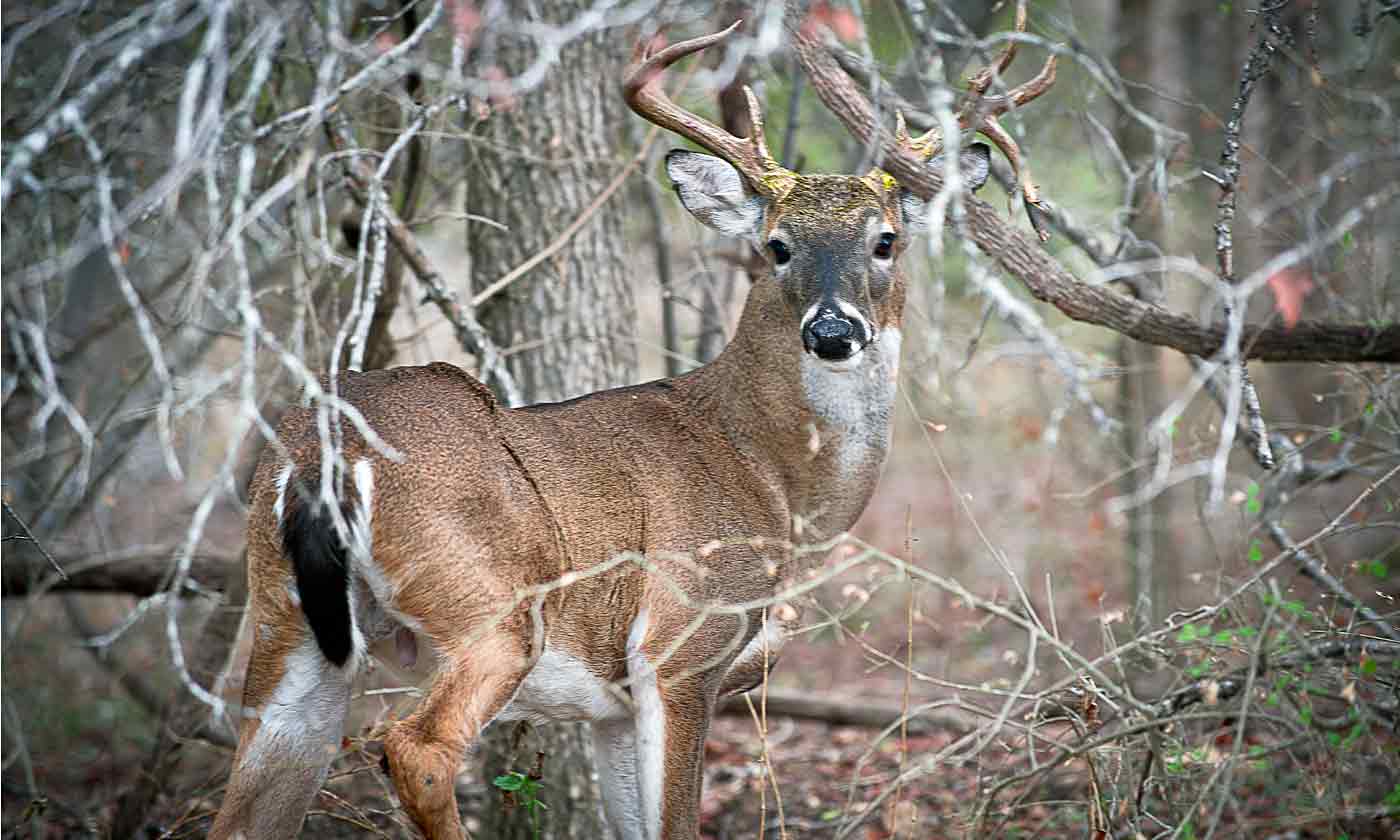Thanks to summer drought conditions, Texas Parks and Wildlife Department (TPWD) biologists predict a moderate deer-hunting season this fall.
Alan Cain, White-Tailed Deer Program leader, said overall the year will be good in terms of harvest numbers and opportunities.
“Texas has one of the longest deer seasons in the nation, so take some time this fall and winter and enjoy one of the best deer herds in the country right here in your home state,” he said.
Deer hunting season kicks off with archery season on Oct. 1. The general season opens more than a month later, on Nov. 5, and runs through Jan. 1, 2023 in the North Zone and Jan. 15, 2023 in the South Zone.
A special youth-only gun deer season is set in both zones for Oct. 29-30 and Jan. 2-15, 2023.
Cain said harvest numbers may look good, but drought impacts on deer habitats mean hunters should expect average- to below-average antler quality and body weight.
Hunters may see fewer deer at feeders when archery season opens due to recent rains that improved habitat conditions. Deer won’t have to travel far to find something to browse.
Temperatures in the early summer months frequently soared above 100 degrees across most of the state, and lack of significant rainfall limited the spring production of important food sources like forbs (weeds) and woody shrubs for deer.
“Woody plants are critical in times like these because these deep-rooted plants are often the only abundant supply of green groceries for deer, but even these browse plants are showing some signs of stress,” said Cain. “Mesquites appear to be on track to produce an abundance of beans this year and were critical sources of natural forage for deer in late summer in the central, south and western portions of the state.”
Wildfires have plagued large areas of the state as well, causing significant habitat loss and damage.
However, Cain said nature finds a way to rejuvenate the landscape.
“Where fires have occurred, there’s been new grass and weed growth providing some much-needed nutrition and cover for deer,” he said. “Although habitat conditions have improved immensely with recent rains, the timing was a bit late to have any meaningful influence on antler quality. ”




